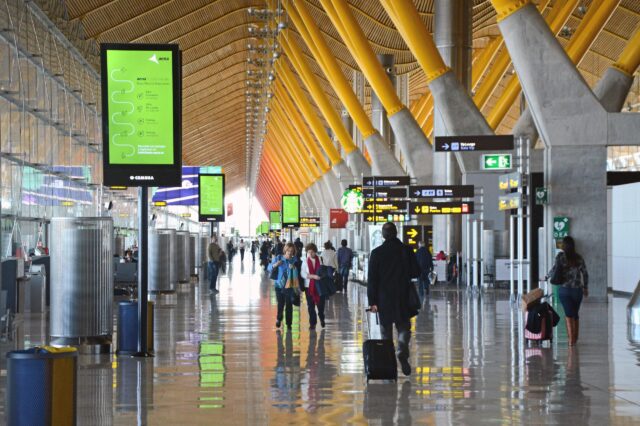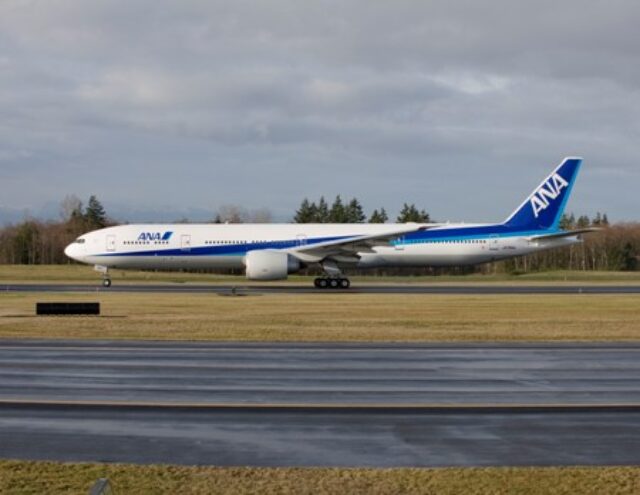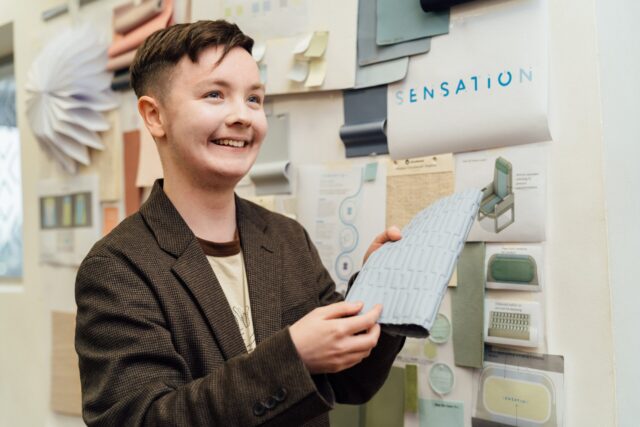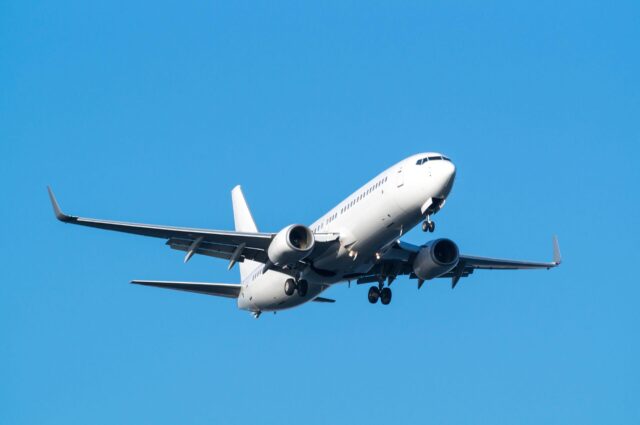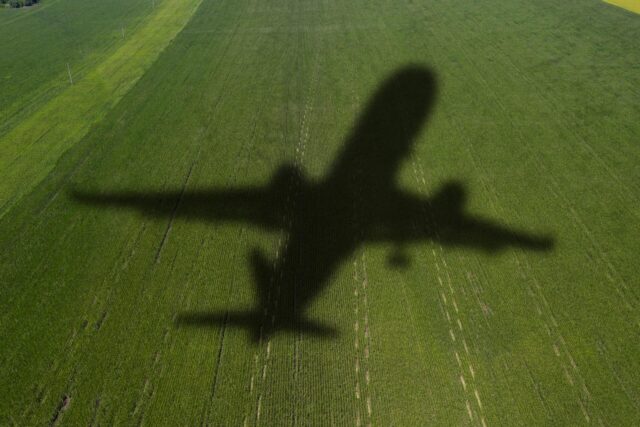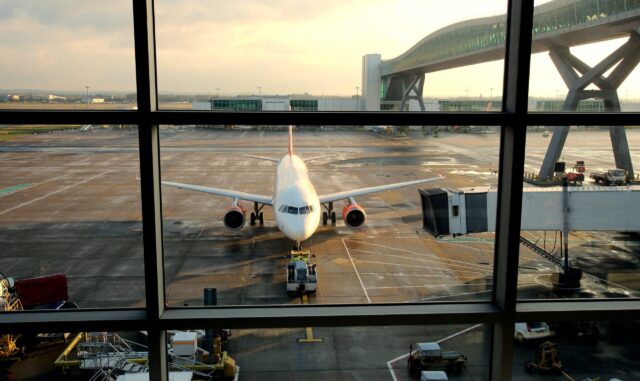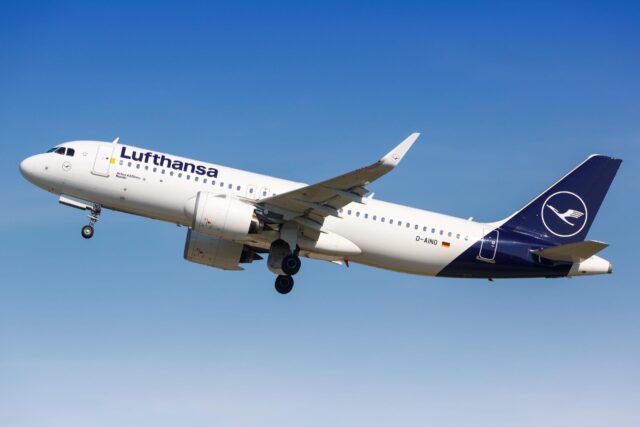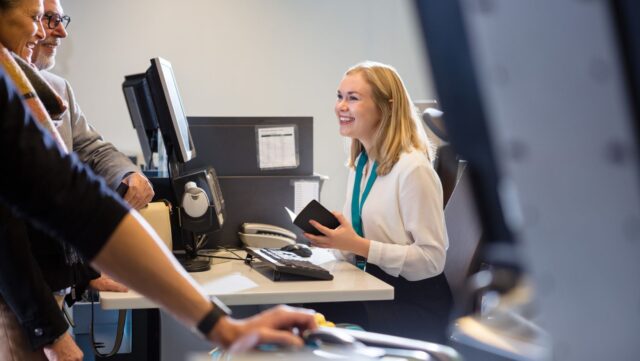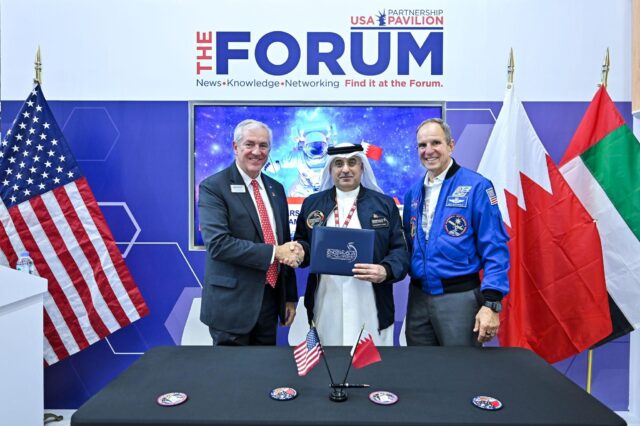Going the extra mile: How technology can empower a culture of inclusivity in air travel

Jay Shen, founder and CEO of Transreport, explores the key findings from the company’s latest aviation whitepaper.
Air travel is expected to double by 2042, and while many airports and airlines worldwide have equipped themselves to support the increasing number of passengers with access needs, our latest research shows that there is plenty of work to be done.
Accessibility is not just about compliance, it is about providing an equitable travel experience for all, and we must move beyond a box-ticking culture. Technology will play a crucial role in taking that next step forward.
We’ve recently published a whitepaper report in partnership with Purple Goat, a disability-led marketing agency, that demonstrates the latest accessibility trends in air travel and explores key areas for improvement and development.
Transreport’s inclusivity white paper
The report, ‘Going the extra mile: How the aviation industry can advance support for the Disabled community’, encouragingly revealed that the experiences of Disabled people who travel by air are improving. However, the report also revealed four key findings that highlight where the aviation industry must continue to pool resources, promote investment and inspire change:
- Booking airport assistance is lengthy and difficult. Almost 1 in 5 Disabled people who require mobility aid hire would rate the process of booking airport assistance as difficult. A further 79% said that past experiences with an airport or airline affect their decision to book future trips – be it positive or negative.
- Airports and their amenities are not equipped well enough to support the Disabled community. 81% of Disabled people who require assistance at an airport reported that they have encountered barriers whilst accessing assistance. By comparison, just 26% of those surveyed say they feel free to fully access other amenities when using an assistance lounge.
- Lengthy waits for assistance are impacting passenger experiences. Nearly half of those surveyed (48%) said they still typically have to wait for over 30 minutes for assistance when disembarking. Almost 1 in 5 (17%) said they often have to wait for over an hour, and 5% rated their overall experience as poor.
- Staff training is not sufficient. 1 in 10 (10%) of Disabled people surveyed say airline staff and cabin crew are poorly equipped to offer appropriate assistance during flights, which rises to 15% of those who require mobility aid hire. It’s therefore crucial that staff are given appropriate training to operate all necessary equipment and manage situations with a tailored approach.
So, with these findings in mind, how can we strive to be better?
Harnessing the power of technology
Everyone should feel empowered to travel freely, and I’m a firm believer that technology and digital solutions have a key role to play.
For example, by integrating technology into every stage of the passenger journey (from exploring and booking, to travelling and feedback), airlines and airports can anticipate access needs in advance, ensuring that assistance is arranged in a timely manner.
Digital platforms that can host all the information needed to arrange assistance in one place is also essential for a smooth booking process. This can help passengers with access needs feel confident about their travel, without having to repeatedly share their access needs with staff members in public spaces.
We’ve experienced the benefits of this approach first-hand with Passenger Assistance (PA), which has already facilitated over 7 million rail assistances worldwide. PA is a multi-modal plug-in, which enables seamless communication through a single, digitally stored profile, allowing users to easily share their access needs across multiple service providers.
Inclusive future
Travel operators also have real-time visibility into customers’ access needs, allowing for optimal resource allocation and better coordination between office and frontline teams.
Our recent work with East Midlands Airport has already seen some incredible results, helping make a real, positive impact on the airport’s offerings for Disabled and older passengers.
Of course, technology alone isn’t the full solution. Accessibility audits, tailored training, and closer collaboration between operators and the community will all be essential to creating a travel ecosystem that works for everyone.
The sky isn’t the only limit – and while accessibility is improving, there’s still more to be done. But with the right digital tools at our fingertips, I’m confident that there’s a bright, inclusive future ahead of us.




